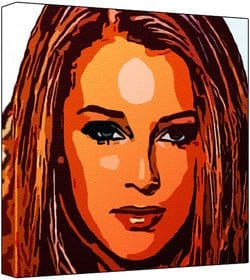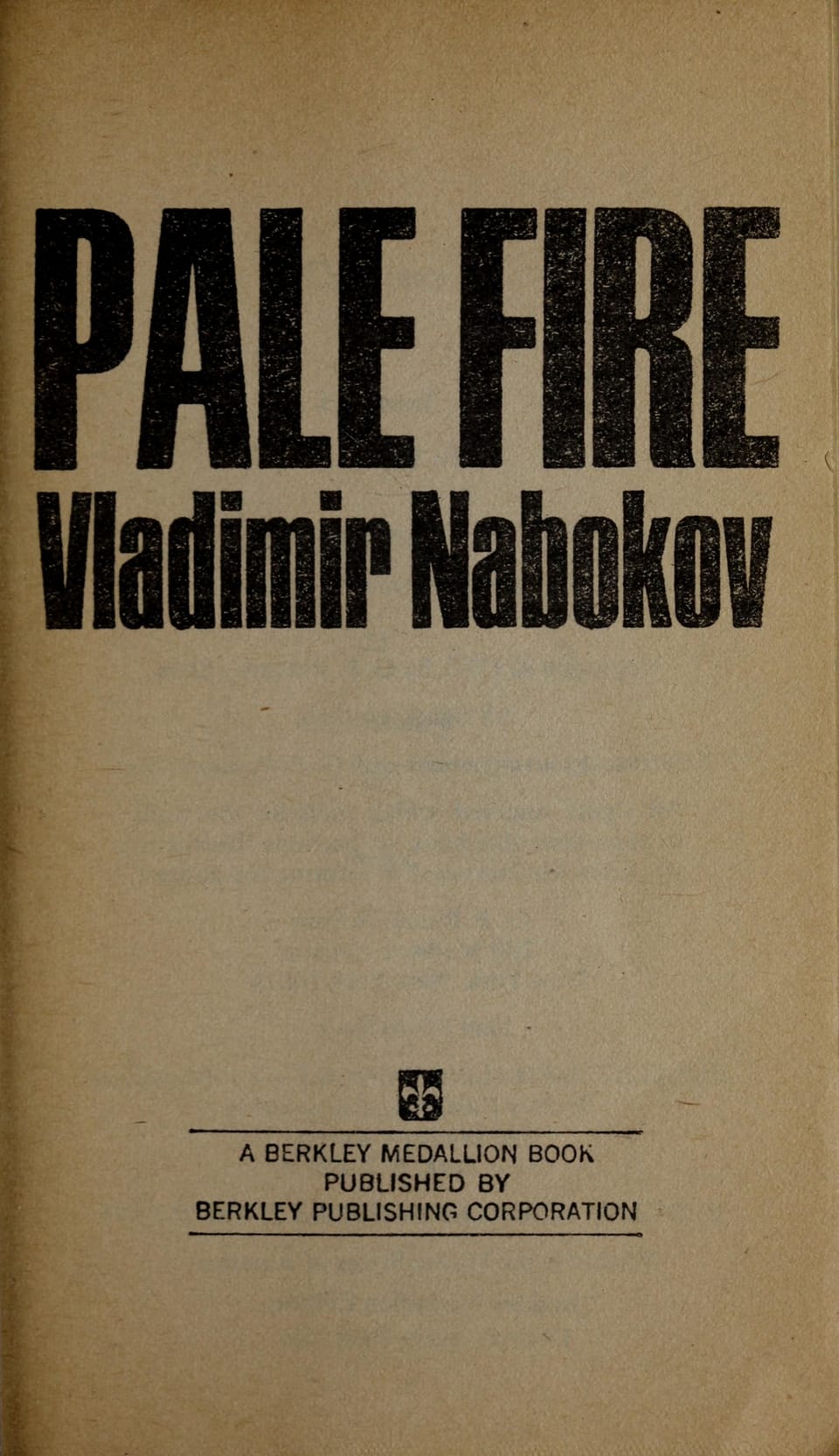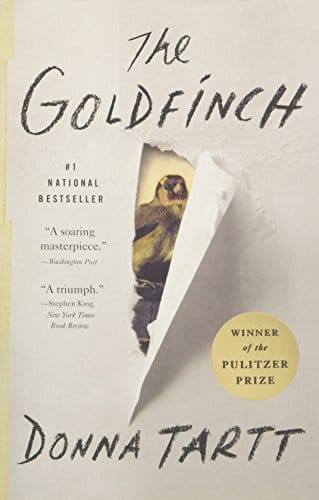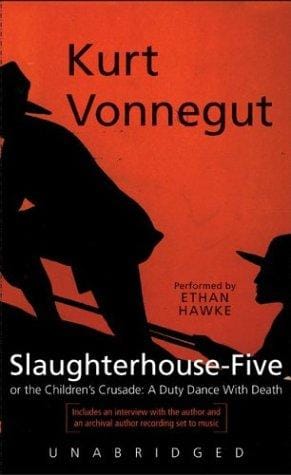Autobiography of Red: A Comprehensive Guide to Anne Carson’s Modern Classic
Discover themes, plot, style and impact of Anne Carson’s groundbreaking novel in verse, Autobiography of Red, in this concise literary guide.
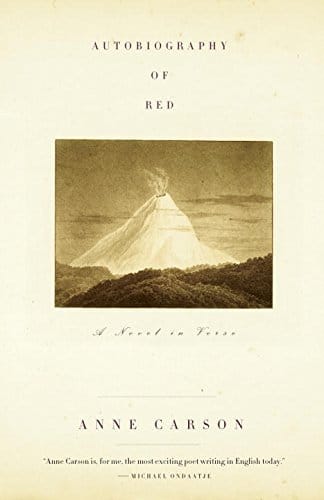
Introduction
Anne Carson’s 1998 book "Autobiography of Red" is frequently labeled a novel in verse, yet that convenient tag barely hints at its originality. Braiding myth, lyric poetry, queer coming-of-age narrative, and literary criticism into one shimmering text, Carson reimagines the ancient story of Geryon, the red-winged monster slain by Herakles, as a tender, smart-mouthed teenager in a recognizable twentieth-century world. The result is a genre-defying work that invites readers who love poetry, fiction, classics, and LGBTQ literature alike. This article offers an accessible, SEO-friendly tour through the book’s plot, themes, form, and enduring cultural impact.
Overview of the Work
"Autobiography of Red" belongs to what Carson herself calls a “novel in verse,” though it can also be described as an epic fragment, a lyric sequence, or even a daring piece of literary criticism. The book is divided into a mock-scholarly introduction on the Greek poet Stesichorus, a collection of numbered poetic chapters that form Geryon’s autobiography, and a brief epilogue titled "Interview with Stesichorus." By juxtaposing academic commentary with intensely personal verse, Carson keeps readers aware of the long cultural echo behind the myth while letting Geryon’s voice feel immediate, confessional, and modern.
Plot Summary
The narrative follows Geryon from childhood through early adulthood. As a boy on a distant volcano-ringed island, he documents his experiences with an old camera, develops a crush on the charismatic drifter Herakles, and suffers abuse at the hands of his older brother. When Herakles reenters his life years later, the two embark on a road trip from Canada to Argentina, each searching for escape and self-definition. Their romance ignites and collapses amid sulfuric hot springs, Andean skies, and the smoky aftermath of emotional betrayal. In the closing pages, Carson refuses the classical ending of Geryon’s death, leaving her red-winged hero alive, heartbroken, and suddenly open to infinite futures.
Major Themes
Identity and transformation ground the book’s emotional charge. Geryon’s redness and wings mark him as different, yet also supply the vivid pigments of his art. Queer desire pulses through every scene, presented not as moral dilemma but as irresistible fact, a natural continuation of myth’s long lineage of non-normative love. The destructive and creative powers of photography and memory intersect, revealing how stories are framed, edited, and occasionally burned. Carson also probes the limits of language itself; her lines stretch across pages, break into shards, and occasionally slump into blunt prose, underscoring the instability of any single narrative truth.
Style and Form
Carson’s signature blend of classical scholarship and pop-culture vernacular makes "Autobiography of Red" approachable without sacrificing complexity. She slips Greek etymologies beside casual teen slang, engineering a tonal collage that mirrors Geryon’s fractured self-image. The free-verse stanzas vary from spare one-line observations to lush, descriptive blocks that overflow the margin. Sound devices—internal rhyme, assonance, sudden alliteration—echo ancient oral traditions while remaining defiantly modern. Crucially, the form never feels gimmicky; it dramatizes the raw turbulence of adolescence, grief, and desire in ways prose alone might dilute.
Impact and Legacy
Since its publication, "Autobiography of Red" has earned cult status among poets, novelists, and readers hungry for hybrid work. Universities assign it in classics, creative writing, gender studies, and comparative literature courses, reflecting its wide scholarly appeal. The book paved the way for a surge of cross-genre titles in the early twenty-first century, demonstrating that experimental form can achieve both critical acclaim and passionate readership. It likewise broadened space for queer retellings of myth, influencing writers such as Madeline Miller, Ocean Vuong, and Natalie Diaz.
Why You Should Read It Today
For new readers, "Autobiography of Red" offers an exhilarating collision of ancient and contemporary storytelling that feels uncannily fresh a quarter-century after release. Its exploration of trauma, consent, and self-making resonates with current conversations about mental health and LGBTQ representation. The prose-poetic format provides a forgiving entry point for people wary of poetry while offering layered linguistic pleasures to seasoned verse lovers. Whether you come for the gripping road-trip plot, the mythic subtext, or the aching queer romance, you will leave with lines lodged in your memory like bright volcanic glass.
Conclusion
Ultimately, Anne Carson’s "Autobiography of Red" stands as a luminous testament to literature’s power to reshape old stories and, in the process, transform how we see ourselves. By merging lyric intensity with narrative propulsion, Carson captures the bewildering mixture of vulnerability and ferocity that defines coming of age, especially for those who feel marked as monstrous by the world around them. Reading it is not merely an academic exercise; it is an invitation to expand the limits of language, genre, and empathy. Few books reward revisiting as richly, and fewer still blaze so brightly in the memory.
